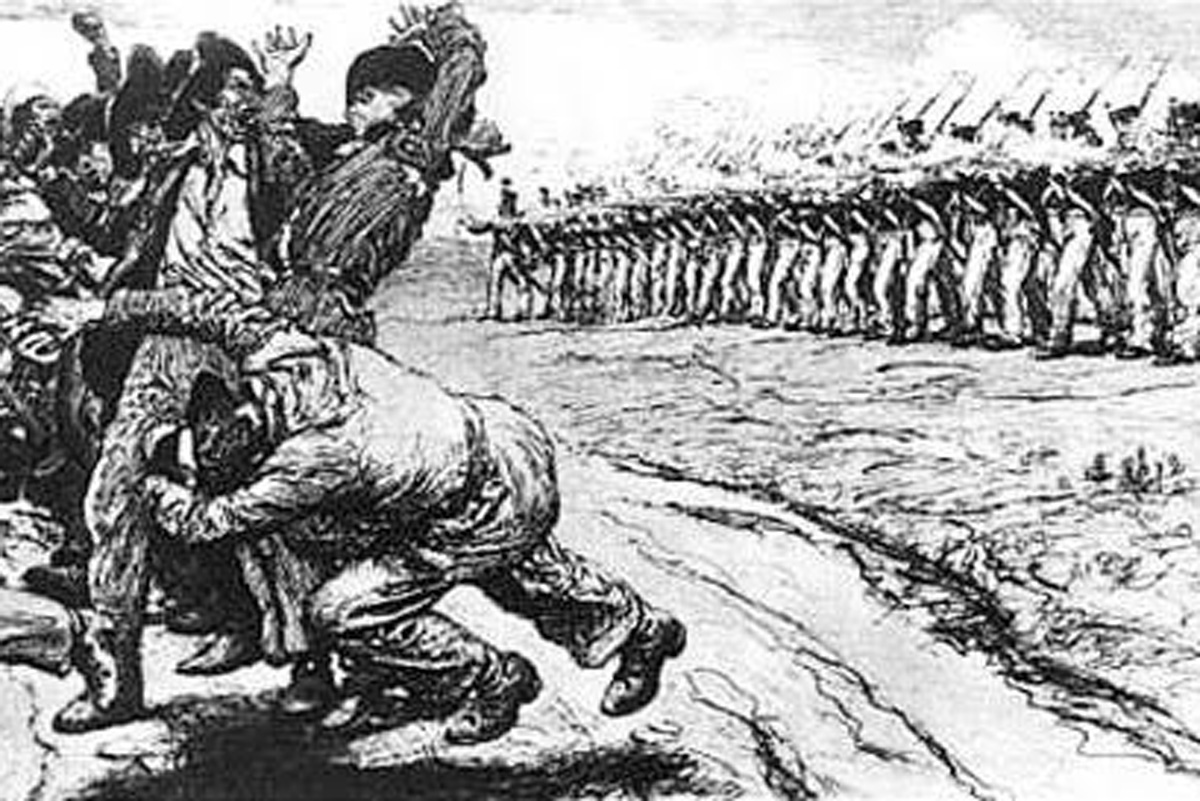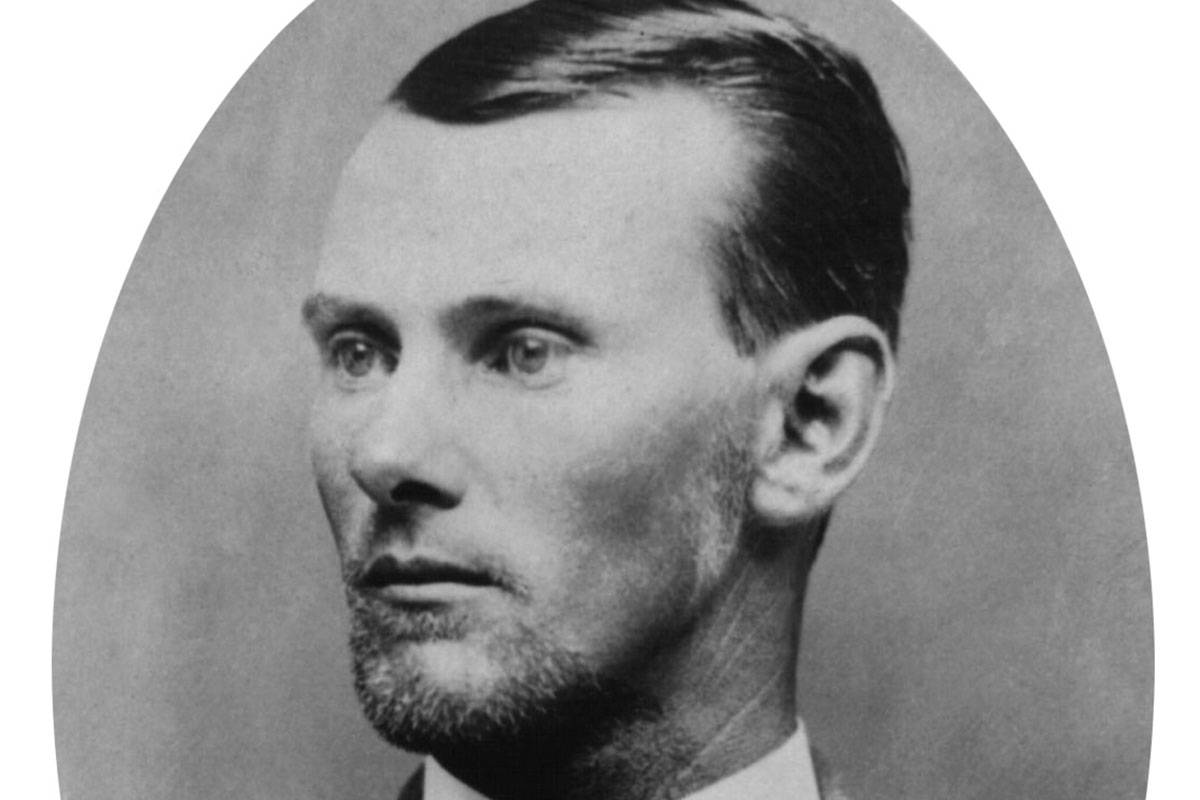In early February 1836, James Fannin sailed from Velasco and landed at Copano with four companies of the Georgia Battalion, moving to join a small band of Texians at Refugio. Mexican reinforcements under General Jose Urrea arrived at Matamoros, complicating the Texan plans to attack that city. Fannin withdrew 25 miles north to Goliad.
Appeals from Travis at the Alamo, via courier James Bonham, prompted Fannin to launch a relief march of more than 300 men and
four pieces of artillery on February 25 th . After some delay, Fannin and his men moved out on the 28 th for the 90-mile journey to San Antonio. The relief mission was a failure. The troops barely had crossed the San Antonio River when wagons broke down, prompting the men to camp within sight of Goliad. They had little or no food, some men were barefooted, and the oxen teams wandered off during the night.
The Mexican forces under General Urrea were now rapidly approaching the Texan stronghold in Goliad.
On March 14 th , General Sam Houston ordered Fannin to retreat to Victoria. Transporting nine cannons and more than 500 spare muskets, Fannin’;s forces were also heavily laden with supplies and baggage. The column had traveled only about six miles when Fannin ordered a halt to rest his animals. At about 3 pm, a General Urrea’s cavalry appeared. The Texans immediately formed a hollow square with their wagons and cannon placed in each corner for defense as the Mexicans attacked.
Following fierce fighting, the Mexicans lost about 100 to 200 killed and wounded; Texan losses were only seven to nine killed and 60
wounded. Facing overwhelming odds, though, Fannin and his troops surrendered the next day.
The Mexicans took the Texans back to Goliad, where they were held as prisoners at Fort Defiance. The terms were they would be paroled returned to the United States. The Texans believed they would likely be set free in a few weeks. General Urrea left Goliad leaving command to Colonel Jose de la Portilla. Urrea wrote to Santa Anna to ask for clemency for the Texans. Instead, on March 26 th , Santa Anna ordered Portilla to execute the prisoners.
The next day, Palm Sunday, March 27 th while the sick and wounded remained in the chapel, the remainder of Fannin’s army were taken out on what they were told was to gather wood. About a half-mile from the chapel the guards opened fire. Those who escaped the gunfire were butchered with bayonets. The sick and wounded were also executed.
Fannin was the last. He was taken to the courtyard in front of the chapel, blindfolded and seated in a chair (due to his leg wound from the battle). He made three requests: That his personal possessions to be sent to his family, to be shot in his heart and not his face, and to be given a Christian burial. The soldiers took his belongings, shot him in the face, and burned his body along with the other Texans who died that day. The bodies were also burned in the same manner as the Alamo. The charred remains were left unburied for the vultures and coyotes. Three months later what was left of the remains were found and given a formal military burial. The whereabouts of the burial ground was lost for years until a group of youngsters found some bone fragments. A monument to Fannin and his men was erected at the grave site in 1938.
There were nearly 350 murdered at Goliad almost twice as many as those lost at the Alamo. There would have been more had it not been for a Mexican woman named Francita Alavez. She is remembered as the “Angel of Goliad,” who persuaded the Mexican commander to spare the lives of some 20 doctors, interpreters and orderlies. Twenty-eight soldiers, who managed to fake their deaths, escaped.






